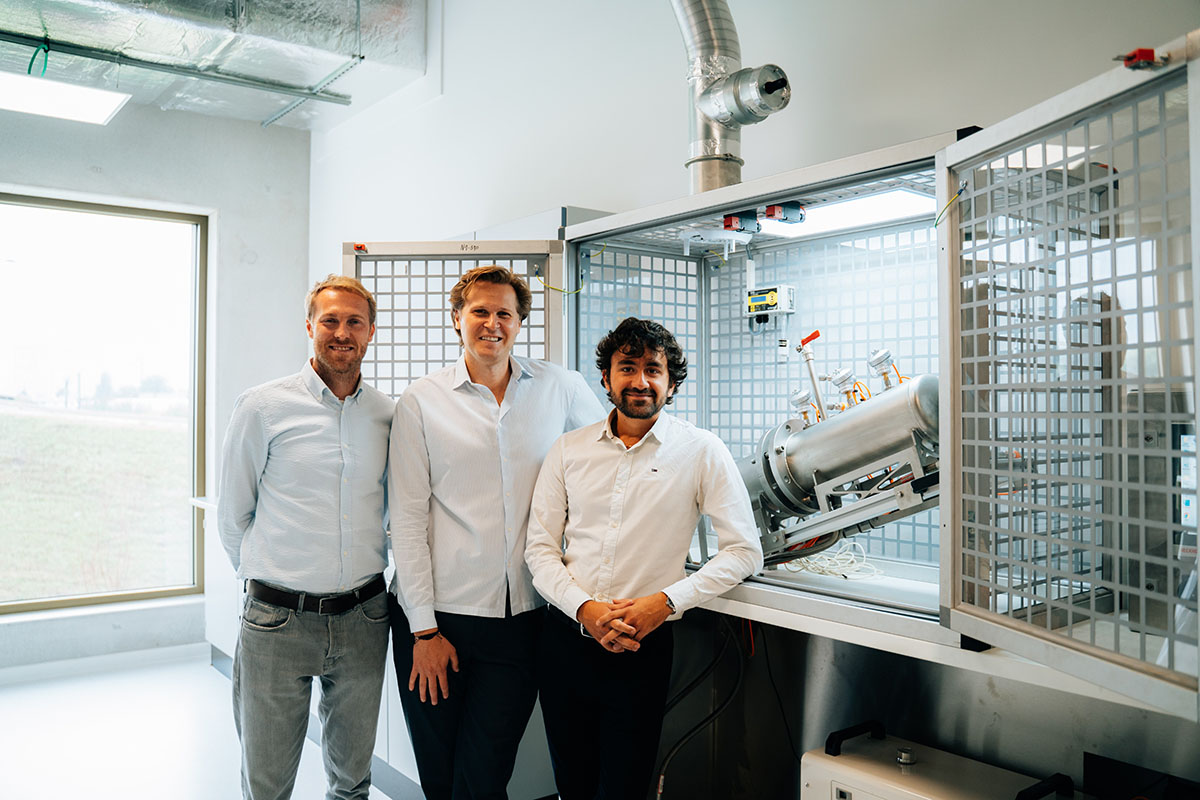Belgium – The use of plasma technology to convert CO2 into CO is being tested in Antwerp.
The BluePlasma partnership seeks to locally capture CO2 emissions and transform them into high-quality chemicals (CO). The local use of this carbon monoxide can then be made in a variety of industries, including metallurgy and petrochemicals.
CO2 can be caught at the chimneys of businesses that use a lot of fossil fuels so that it doesn’t escape into the atmosphere. Future CO2 emissions can be reduced with the use of carbon capture.
Although plasma technology is not new, historically speaking, the efficiency of turning carbon dioxide into carbon monoxide has been low. The University of Antwerp has created a novel procedure with a yield that is at least five times higher in collaboration with D-CRBN. The scale-up of this scholarly discovery to a pilot plant is the objective of the BluePlasma project. Manufacturing businesses might incorporate a plasma reactor into their procedures as a means to support a circular economy if scale-up is successful.
Project ICON
An ICON project is the recently disclosed R&D pilot program (Interdisciplinary Cooperative Research). This kind of project creates new information that can be used in practice through a partnership made up of one or more research bodies and at least three independent Flemish firms.
BluePlasma also consists of Catalisti, ArcelorMittal, BASF, Engie, Vopak, and Talenco in addition to D-CRBN. In addition, the BluePlasma collaboration is completed by the University of Antwerp and VITO.





